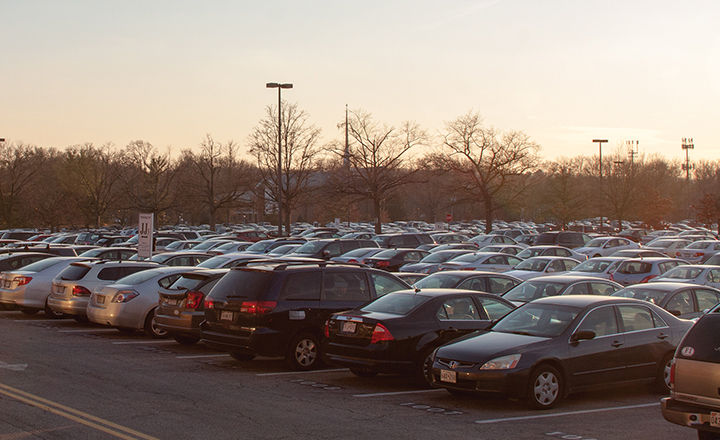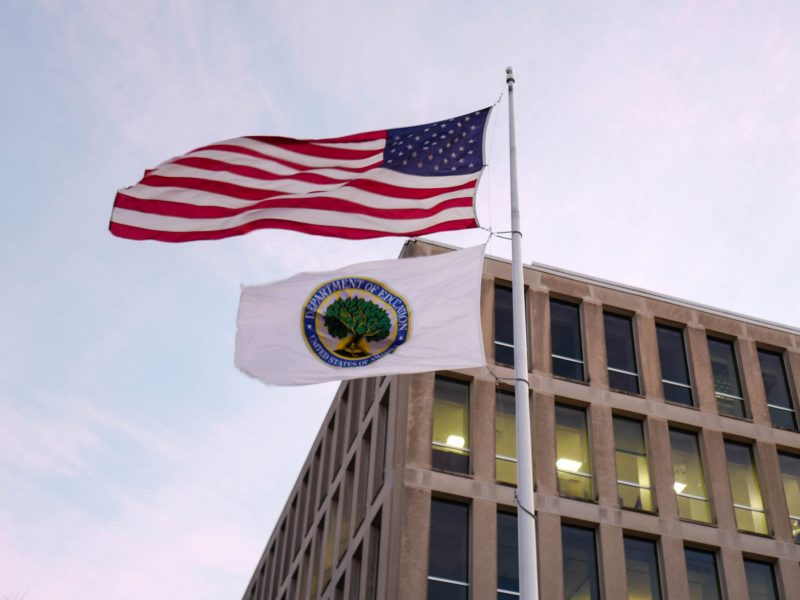
To compensate for anticipated parking space losses that could result from upcoming development projects, DOTS is preparing to eliminate on-campus resident parking by fall 2017, officials said.
Department of Transportation Services Director David Allen and other DOTS officials met with the Campus Transportation Advisory Committee on Friday morning to discuss the plan to limit the number of parked cars.
The parking elimination will take effect starting in fall 2016, when freshman and sophomore on-campus residents will no longer be able to park on the campus. The parking restriction will expand to apply to juniors and seniors living on the campus in fall 2017, Allen said.
“Parking problems are simple to solve: more spaces or fewer cars, that’s it. Nothing in between,” Allen said. “So if we can’t have more spaces, the option is fewer cars.”
The proposed renovation of Cole Field House, which the University System of Maryland Board of Regents approved Friday, as well as the construction of the Brendan Iribe Center for Computer Science and Innovation, the Purple Line, Academic Village and other academic buildings could eliminate more than 4,400 spaces over the next several years, Allen said.
While there is currently a surplus of roughly 1,500 parking spaces on the campus, these spots will begin to decrease as construction continues, he said. To build an additional garage on the campus would cost more than $100 million, which Allen said would result in debt the university could not support.
Additionally, all residents living in the University View, The Varsity and other apartment complexes with designated Shuttle-UM bus routes will be unable to park on the campus starting in fall 2016. Commuter parking availability will not be affected, he said.
Allen said he estimates these restrictions will eliminate about 2,889 cars currently parking on the campus.
But these plans could change or evolve, depending on the completion status of some of the projects, Allen said.
“That fall 2016 time frame, you can bet on that. It’s beyond that where it’s a bit more up in the air,” Allen said.
Plans for the Purple Line and Academic Village, for example, are uncertain, but these proposals should be finalized within the next six months, Allen said.
“If they don’t happen, then lots of things change,” Allen said. “We are planning on — depending on your perspective — either the worst case for parking or the best case for the institution and the construction.”
If the construction projects move forward as scheduled, DOTS will lose an estimated $1.67 million in yearly parking revenue, Allen said. To compensate for that loss, Allen said commuter parking rates will increase, anticipating that the current rate of $249 per year will rise by 13.7 percent in fall 2015, 14.5 percent in fall 2016 and 17.3 percent in fall 2017.
Allen said on-campus resident students have the lowest parking priority because they use the cars less often than employees and commuter students do.
A small number of exceptions to the resident parking restriction might also be made, Allen said, which will be determined either through student applications or in conjunction with Residence Hall Association criteria.
Allen said the parking situation is one of “pain and gain.” While current students, faculty and staff will experience inconvenience, the future payoff from these projects will be high.
Ariel Bourne, the CTAC RHA representative, said the committee is expecting a difficult transition period, but that can change over time.
“Freshmen, sophomores, juniors and seniors will be angry, but then as the years go on, freshmen in five years won’t even know they had parking in the first place,” said Bourne, a junior food science and government and politics major. “So it leads to a change in the mindset.”
Allen said DOTS will post an informational packet on the changes on its website and will update it as more information comes to light.
CTAC Chairwoman and Assistant Vice President of Student Affairs Mary Hummel said construction poses a challenge, but it must be managed to better the university.
“I think that students, faculty, staff — there’s going to be some pain for almost everybody through this process,” Hummel said. “You can’t stop the progress of the university and all these wonderful new things … things that really enhance the experience for students and faculty and staff because of parking.”



